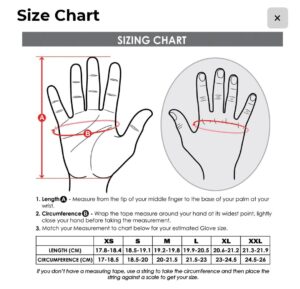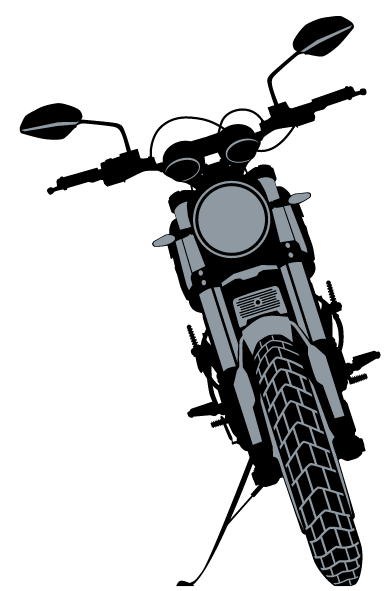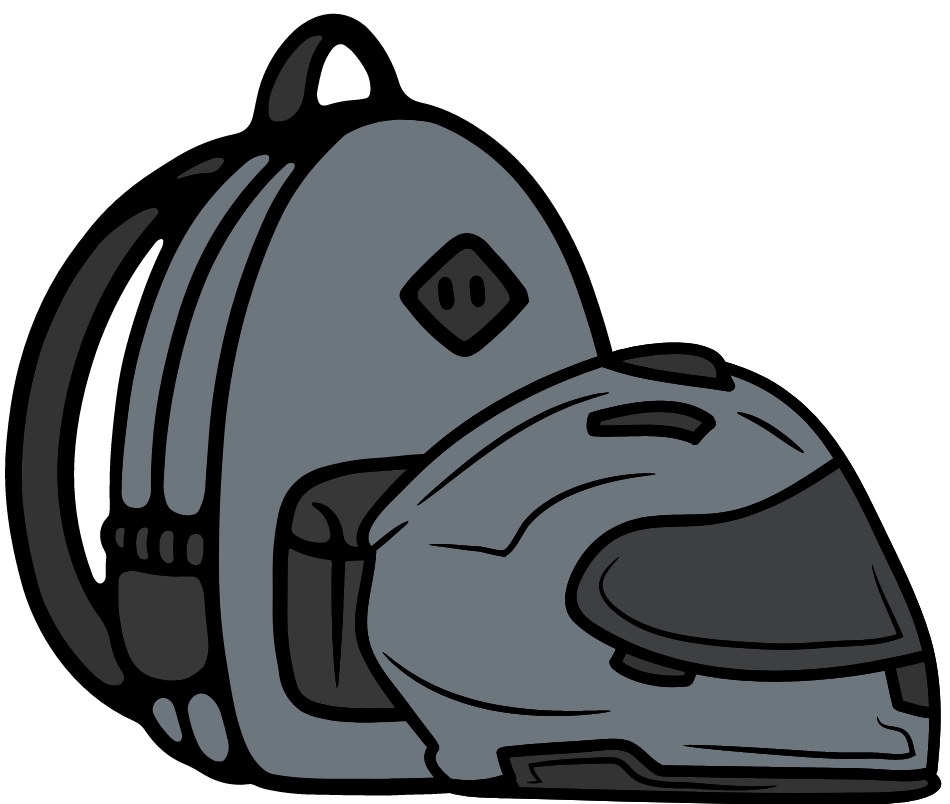Description
THINGS TO REMEMBER
- Putting on and taking off may be slightly difficult, because the wrist area is narrowed down for safety reasons. This is done to prevent the gloves from coming off your hands during a crash and to offer a snug fit.
- If you have never used gloves with a pinky bridge you may find it odd or uncomfortable. Give it a few days of riding and you will get used to it. Remember, any protective gear is relatively uncomfortable to wear compared to riding without any protection.
- You may find the Knox SPS on the palm to be uncomfortable in the first try. But just like any protective gear, over a period of time you will get used to it so you do not even notice it. These devices are incorporated in the gloves is to ensure you are well protected when you most need it.
- In our research, we found that the palm size and the finger length are not in the same proportion for everyone (that makes each of us unique in the truest sense!). In such cases, primary area of fitment should always be the palm area, even if you are to be left with some extra room near your fingertips.
- We have used high density TPU to maximise protection and longevity. While we have added an additional foam layer underneath the TPU, they may feel a bit too hard at the beginning. Thinner and more flexible knuckle protectors are not very effective during a crash and do not last long either.
CARE INSTRUCTIONS
The Viaterra Holeshot gloves use full grain goat leather that is naturally water resistant. This means that the gloves do not get ruined if they get wet in rains. However, when leather gets wet, the oils get stripped from the leather – this will stiffen the leather and eventually cause it to crack. Think of it as your skin after taking a bath – you need to moisturise to replace the natural oils in your skin removed by the water. So, what matters for your gloves is what you do after it gets wet.
Here is a step by step process to keep your glove well cared for and last longer.
- If your gloves get wet, dry the gloves by pressing softly with an absorbent towel.
- If there are stains, clean the gloves by hand with a pH neutral leather cleaner using a damp cloth or a soft bristled brush. DO NOT USE HOT WATER
- DO NOT allow your gloves to come in contact with solvents (do not use fabric softener!), fuel or cleaning agents.
- Do not use a washing machine or high pressure devices to clean the gloves, as high temperature and pressure will damage the leather.
- Do not place your gloves near, or let your gloves get into contact with a direct heat source – this will harden the leather and lead to damage. Also dry the gloves indoors away from direct sunlight where there is good ventilation.
- Just before the gloves are completely dry, put the gloves on and shape them to your hand while still damp. Remove the gloves gently, trying to retain this shape in the gloves and allow it to continue drying.
- After the gloves are completely dry, apply a good quality leather conditioner. This is very important. Properly treated and conditioned (oiled) leather will breathe and the internal micro fibers will move freely in the leather. Use a good quality leather conditioner that will allow the leather to breathe. Apply conditioner generously and rub into the leather. Allow the conditioner to soak into the gloves and reapply (you can do this in the sun). Wipe off any excess conditioner and make sure the gloves are not slick on the motorcycle controls.
- Make sure that your gloves are completely dry before you store them. When gloves are stored wet or in a non-ventilated area, this may cause deformations and ruin your gloves, not to mention this allows mildew to grow on the leather causing discoloration and damage.



